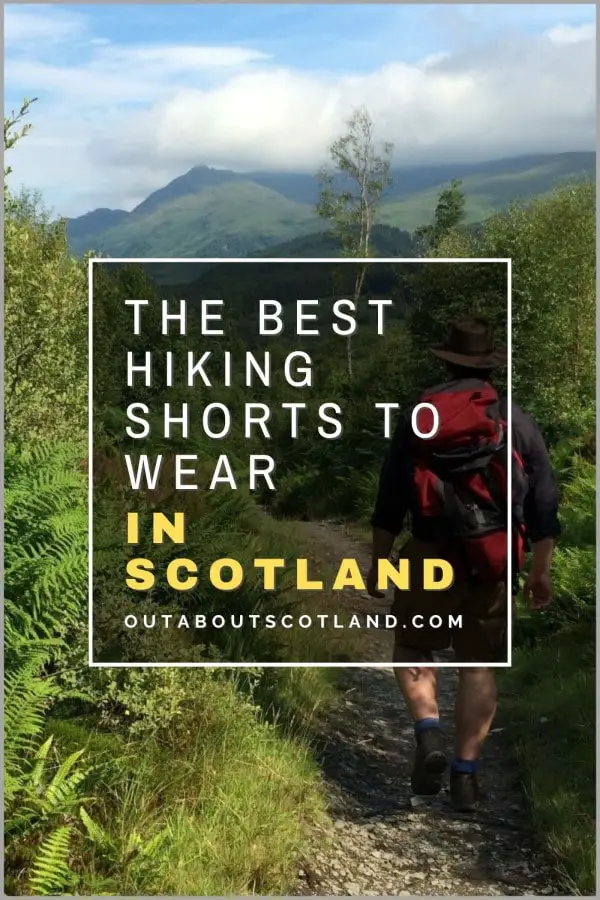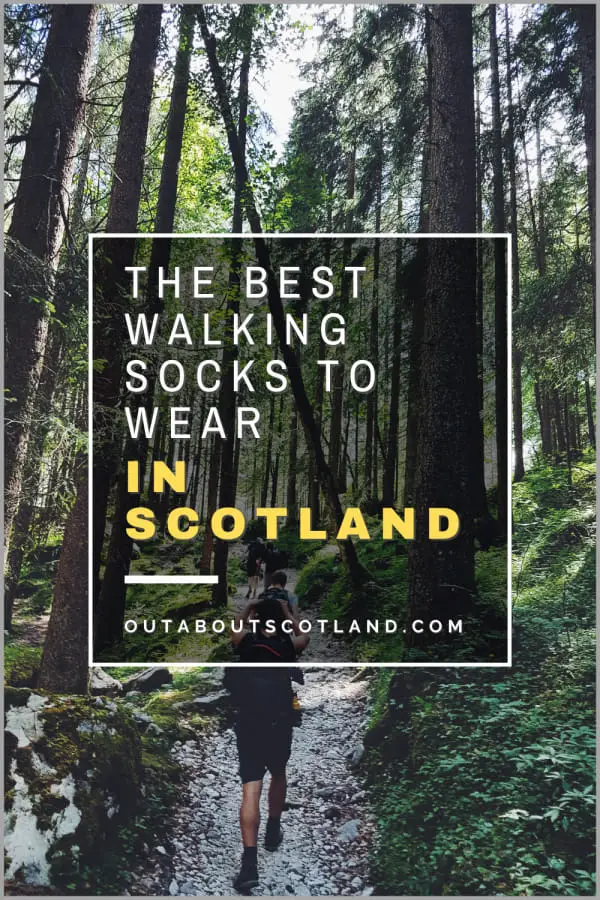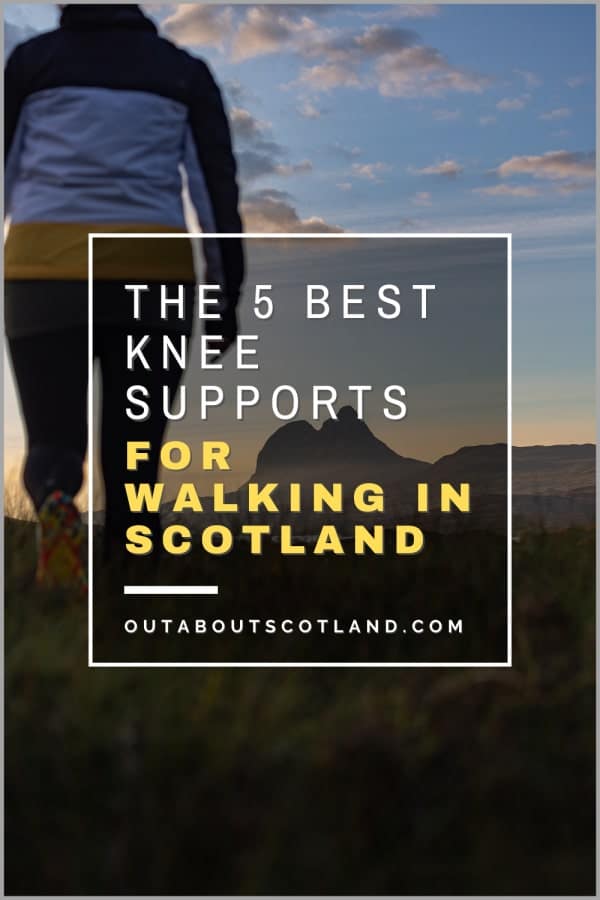Hiking through the wilderness of Scotland is one of the nation’s favourite pastimes, with an estimated 300 million visits to the great outdoors each year. Even though walking is unbeatable for fitness and mental health, it can be made even more enjoyable by wearing the right gear, but there’s more to preparing for a hike than just choosing a pair of walking boots.
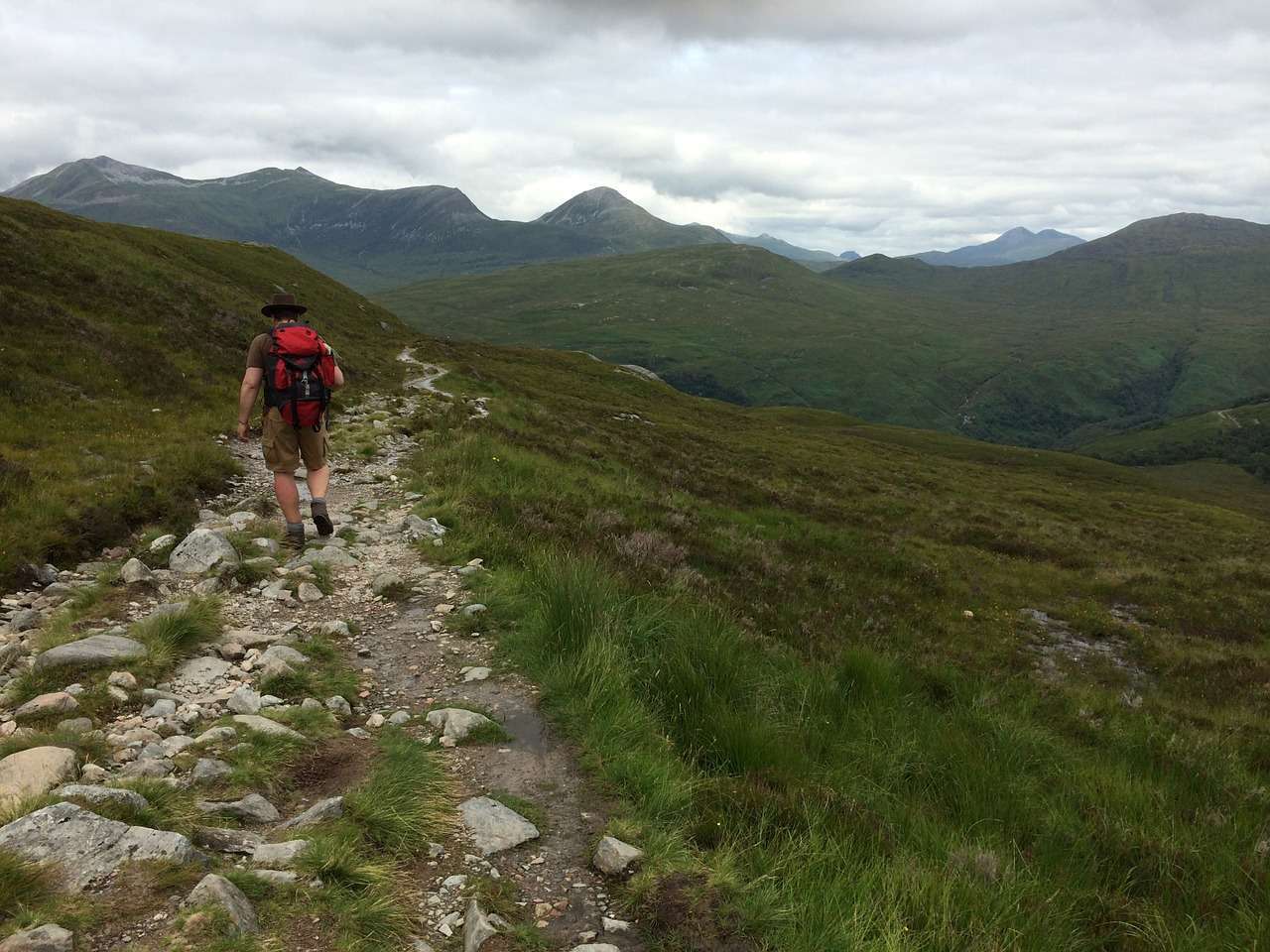
One item of clothing that rarely gets a mention is hiking shorts, and as someone who spends most of their time in the great outdoors, I know all too well what a difference a decent pair can make.
Walking trousers are all well and good, but in summer they quickly become uncomfortable when it’s hot and sticky outside. A decent pair of shorts, on the other hand, keep legs cool, and they’re more comfortable than even the lightest trousers could ever hope to be. There are a few features that separate the best shorts from the worst, though, and it’s certainly true that not all shorts are designed equally.
In the following article, I’ll cover what to look for when purchasing a new pair as well as discussing the brand that I’ve finally settled on after years of hiking around Scotland.
Features to Look For in Hiking Shorts
Material
Hiking shorts are almost always made with a combination of cotton and synthetic materials. Most often, the cotton fibres are mixed with polyester, nylon, or elastane to give the material additional properties compared to pure cotton alone. Different models of hiking shorts will have different percentages of synthetic material, depending on their intended use.
If your shorts are designed with comfort in mind, then they’ll have more elastane, while higher percentages of polyester allow the material to be more breathable, and higher percentages of nylon provide more abrasion resistance. Cotton, meanwhile, is the base fibre, which makes the material feel soft while also having the natural ability to wick away sweat.
There isn’t a good or bad amount of synthetics to have in a pair of hiking shorts but you might be interested to know that most premium brands use around 70% cotton, 25% nylon, and either 5% polyester or 5% elastane which allows the material to repel water, have strength, and quick dry – essential features for Scotland.
Comfort and Mobility
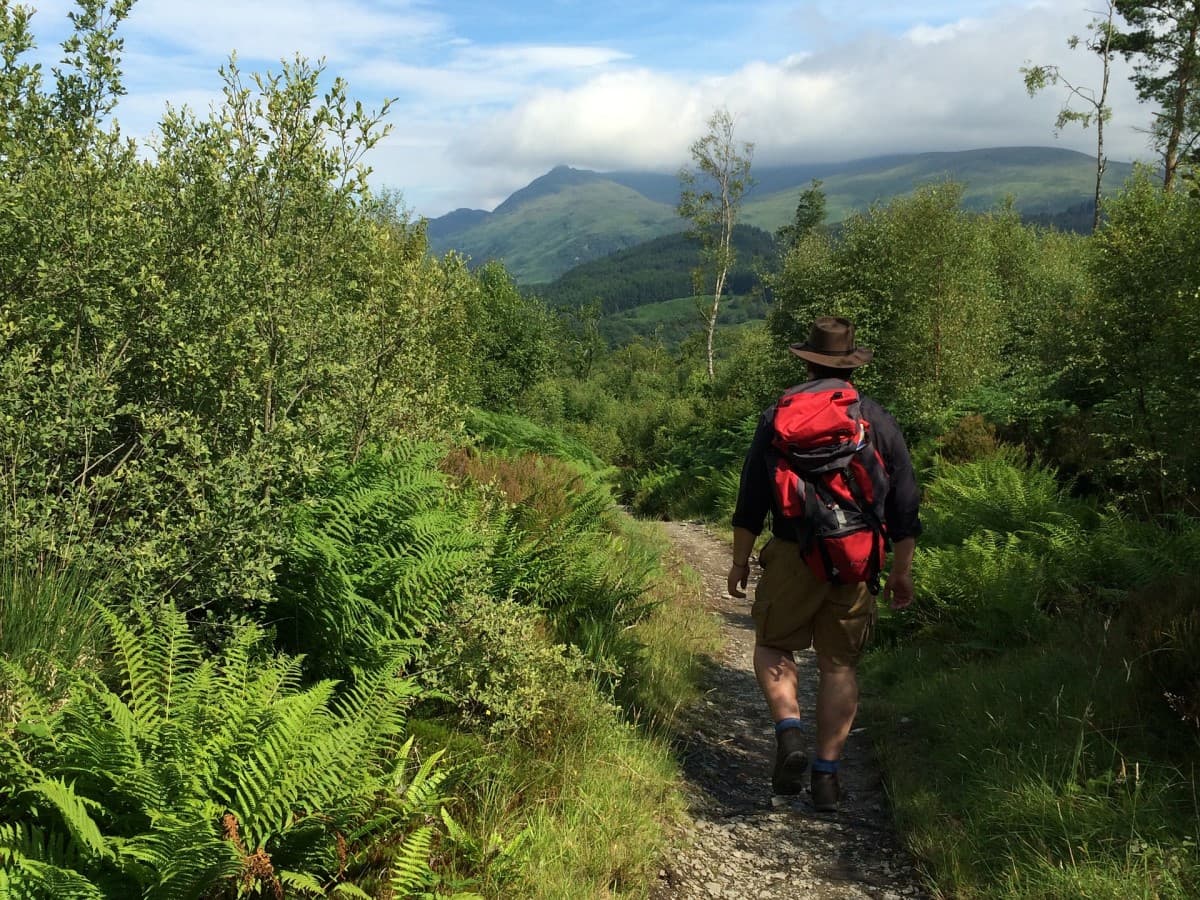
This is one area that’s a deal-breaker when it comes to choosing the right pair of shorts. You can have all the fancy features in the world, but if a pair of shorts isn’t comfortable it’ll quickly get relegated to the bottom of the clothes drawer.
The main factor to bear in mind for comfort is how much stretch there is in the material, hence the reason elastane is frequently woven into premium brand shorts. Fit is important too, as the last thing you want when blazing through the countryside is chafed thighs making every step a pain-filled nightmare.
A top tip when choosing a pair of hiking shorts is to lift your knee as high as it will go and flex your thigh muscles. The material should still feel loose around the top of the thigh, so if it feels tight then the shorts are too small and you’ll need to either pick the next size up or a different model entirely.
Another wee test is to squat down as far as you can. The crotch shouldn’t pull into your outer regions, and the waistband shouldn’t feel like it’s being pulled down. If you find your shorts are slightly too big on the waist, then I recommend the stretchy belt below from Amazon, as it has a little bit of give in it so it won’t cut into your stomach, but it’s tight enough to keep shorts up all day long.
Ventilation
By their very nature, you’re going to get a lot of airflow around your legs when wearing shorts, but that doesn’t mean the bits higher up won’t become overheated. If breathability sits high on your list of must-haves, choose shorts made with polyester, which also has a breathable weave. You can check the density of the weave by holding the material up and seeing how much light comes through.
Premium brands often include air vents on the legs or inside the pockets, either as open mesh panels on the sides or a mesh material inside the pockets. Personally, I wouldn’t get shorts with open mesh panels as they’re a weak point in the material which also allows rain to seep in and soak your undies.
Zipped mesh pockets are the better option as air can flow through them and they can be zipped back up when not needed, but of course, when using pockets like this, you can’t store anything in them,hence the reason I recommend cargo pants thathave additional thigh pockets on each leg.
Sun Protection
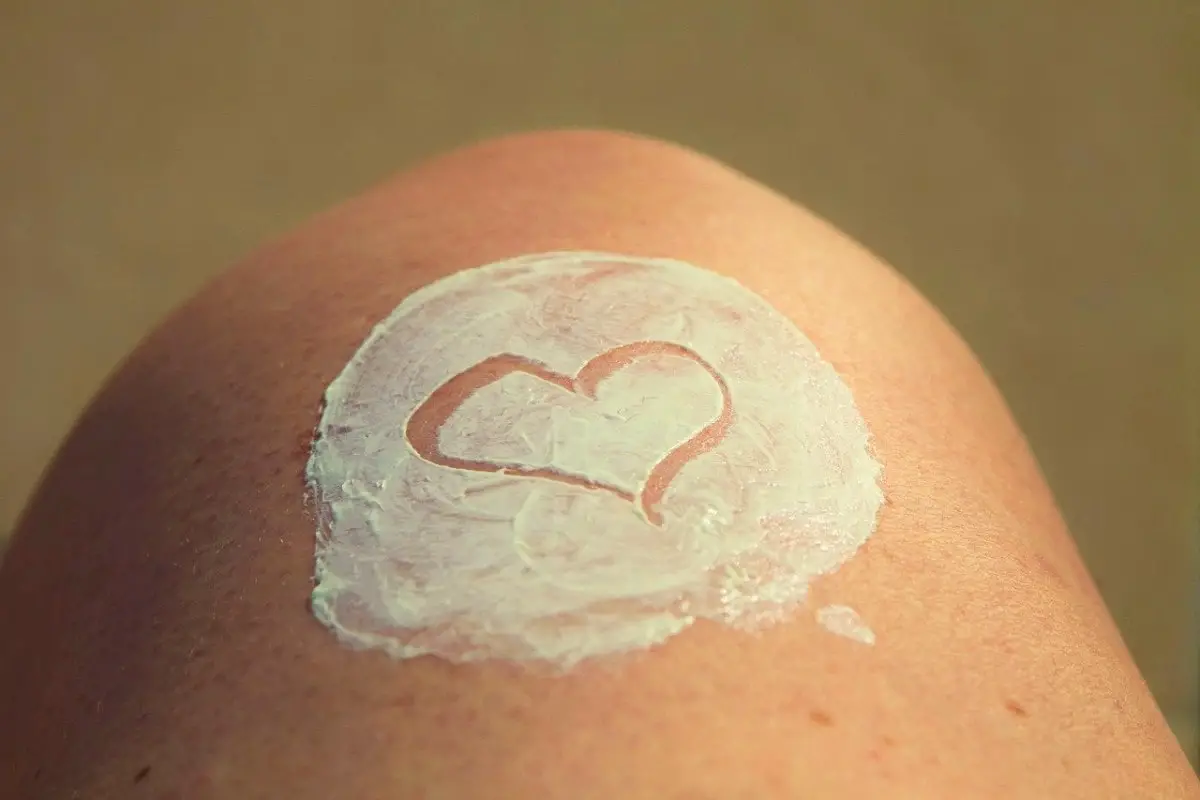
Believe it or not, we do actually have sunny days here in Scotland. Hiking is an activity where you’ll be outdoors for most of the day so it’s unavoidable to be bombarded with harmful UV rays, which is why you must cover your bare legs with sun protection when wearing shorts.
I’ve listed the top sunscreens in this article: Best Sunscreen to use in Scotland.
While you may think you can’t get sunburnt through clothing, it’s very possible to do so, especially with thin items that have a lightweight weave.
Budget clothing brands rarely advertise their clothes as having built-in sun resistance, but you’ll find the majority of the top brands—KUHL, Berghaus, North Face, etc.—have a degree of UV protection built in as standard. This protection is usually labelled as either UPF 30 or UPF 50. UPF stands for Ultraviolet Protection Factor, and 30/50 relates to how much UV can penetrate the material, either one-thirtieth (3.3%) or one-fiftieth (2%).
The higher the rating, the higher the protection, which is one of the reasons I recommend KUHL shorts (shown later), which have a UPF 50 rating.
What Are the Best Hiking Shorts?
When it comes to walking around the back of beyond, one thing I’ve learned is that absolutely no one you meet will have the slightest interest in how fashionable you look.
Unless you’re a die-hard fashionista, the main consideration for choosing your next pair of hiking shorts should be how well they perform in various conditions rather than what they look like. With that thought in mind, there are two styles of shorts that I’ve finally settled on for hiking in Scotland, which are convertible trousers and cargo shorts.
Convertible Trousers
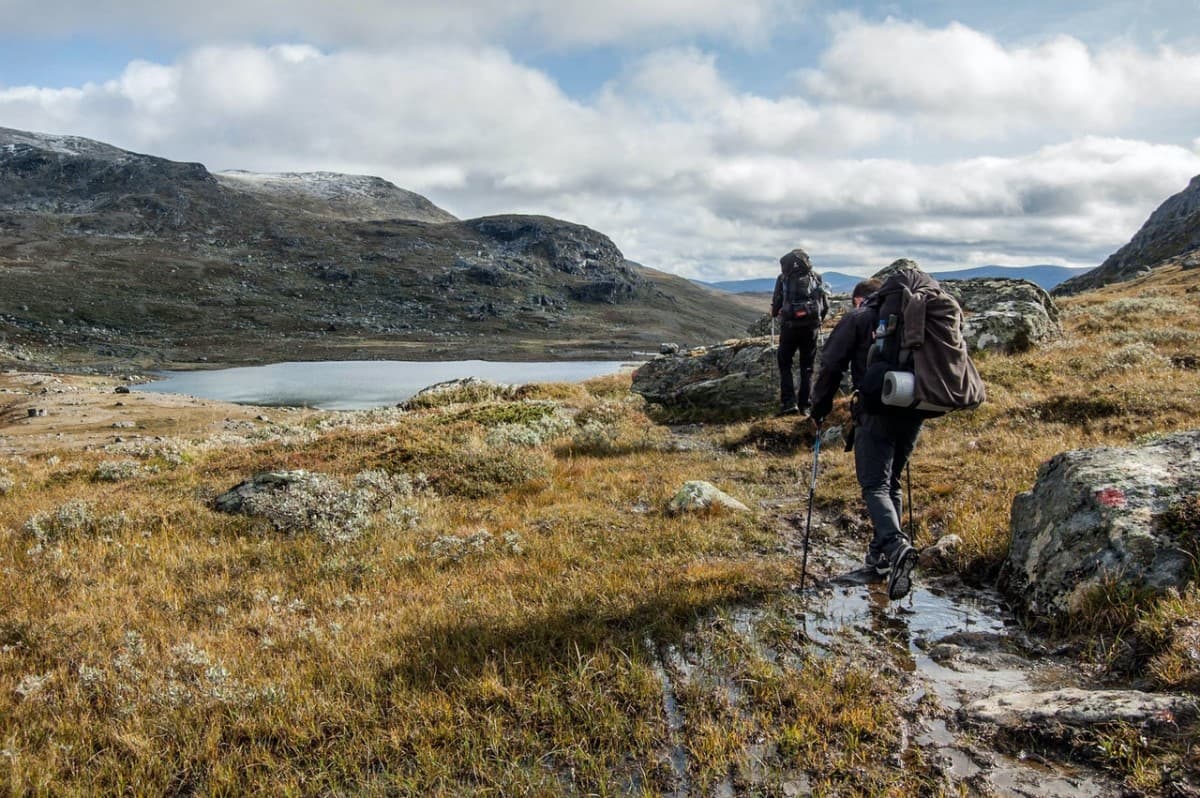
If you’re not aware of convertible trousers, they’re standard straight-leg trousers with a zip around the leg, just above the knee. What makes convertible trousers so useful is that they’re perfect for Munro bagging in summer when you’ll set off feeling hot at ground level but will inevitably feel chilly once you reach the summit.
They’re also perfect for walking around the west coast in midge season as the legs can be worn in the morning and evening when the biting blighters are at their worst and can be removed midday when there are fewer midges and the temperature starts creeping up.
The downside is the zip, which will (if you buy a cheap pair) almost certainly break within a few months. I’ve tried to save myself a few quid in the past by purchasing budget convertible trousers from Mountain Warehouse only to have the zips break a few months later, which immediately wipes out any cost savings.
A much better option is to stick with a premium brand like KUHL or Berghaus which costs twice as much but lasts more than twice as long.
- Lightweight nylon stretch fabric
- Waistband with belt loops
- Trouser legs zip off at mid thigh
- Centre front snap and fly closure
- Two front secure-zip hand pockets
Be aware that there are a couple of downsides with convertible trousers, the first of which is that you have to remember to wash the leg sections with the shorts even if you haven’t worn them. The reason for this is that the colour fades a little each time the item is washed and any difference in colour between the top and bottom of the trouser soon becomes very noticeable.
The second downside to convertible trousers is that most designs are lacking in pockets and often have no thigh pockets at all, which is an absolute must-have in my opinion.
One of the few premium brands I’ve found that makes convertible hiking trousers with a zipped thigh pocket is North Face (Amazon link), and as an owner, I can confirm the quality is second to none. They’re a wee bit pricey, but I’ve had a pair for well over two years now and they’re still going strong, so I guess they’re actually a bit of a bargain when you consider the return on investment.
Cargo Shorts

The other style that I recommend is cargo shorts. These are characterised by large pockets on each thigh which are great for carrying a phone, wallet, and GPS. While you could shove those items in a jacket pocket, I find the weight of them causes the jacket to swing about when the zip is unfastened.
On the other hand, carrying your gadgets in cargo shorts pockets means they’re always at hand and are safe and secure, as long as the pockets have zips. From my own experience, I know how hard it is to find premium-brand shorts with zipped thigh pockets, which is why I now save myself a heap of time and just stick with KUHL shorts, which are among the best brands you can buy.
KUHL isn’t a big brand here in the UK but they’re well known in the US because everything they make screams quality, is supremely comfortable, and looks great.
One of the more unusual aspects of this brand is that they don’t run sales, so the price you see is the price you’ll pay at any time of the year. As their prices are higher than most others, they sit firmly in the ‘considered purchase’ category, but then you do get what you pay for with KUHL clothing.
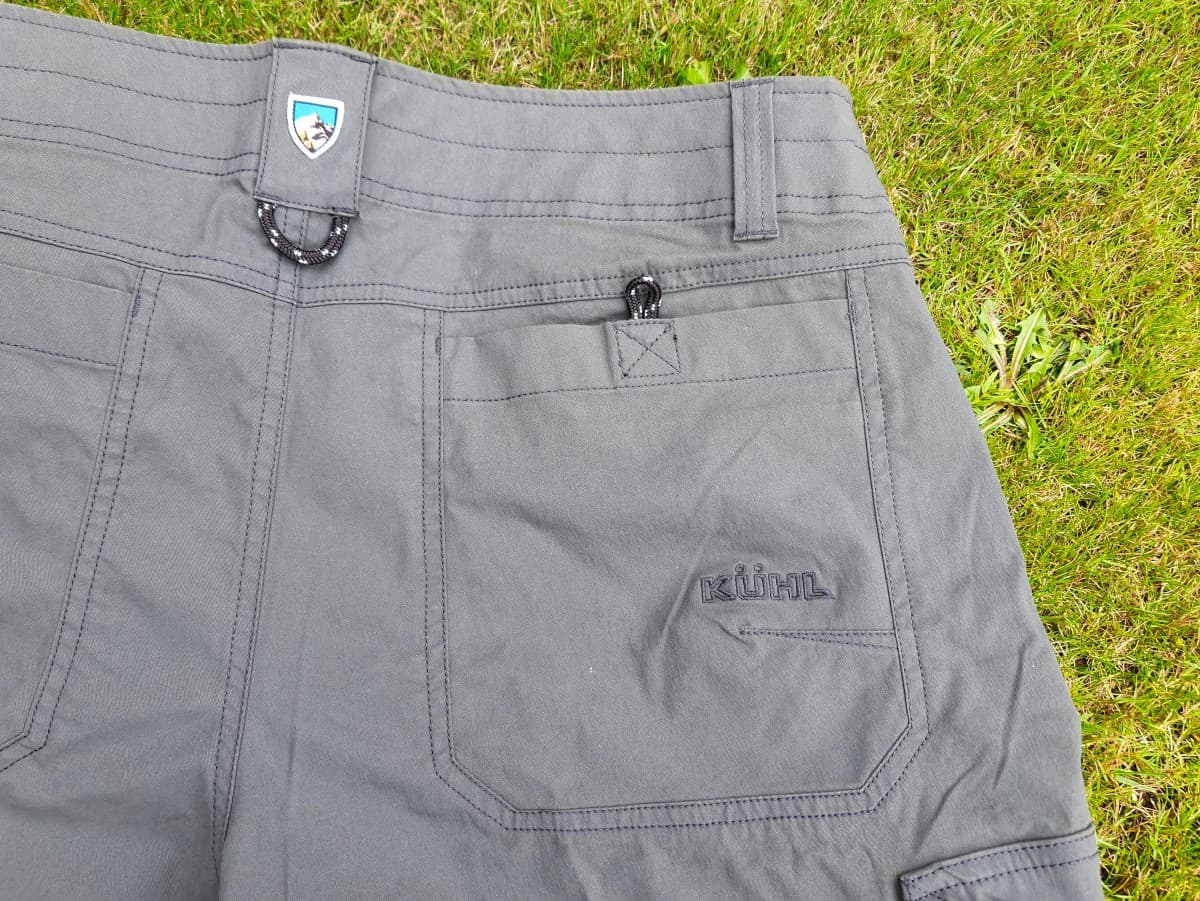
I own KUHL Ambush cargo shorts which have features I simply haven’t found in any other premium brand – even Berghaus and North Face – with a bonus being that they’re the most stylish hiking shorts I’ve found to date.
First, the material is rated for UPF 50 sun protection which is something worth considering when spending a lot of time outdoors. Coupled with a decent sunscreen I feel safe spending all day outdoors in my KUHL shorts, even in the height of summer.
Second, the material is tough, double-stitched, and stretchy so it’s good for thick thighs and doesn’t feel tight when lifting your legs high to clamber over boulders. Third, the Ambush model of KUHL walking shorts has an air vent system to keep the old unmentionables feeling as fresh as a daisy—something that men who do a lot of summer hikes will appreciate no end.
But for me, the best feature of these shorts is the fact they have an impressive nine pockets which is more than enough to carry a phone, keys, and a wallet, and the two big side pockets have strong zips so you won’t have to worry about losing a £1,000+ iPhone while hauling yourself up a Munro.
If you want to check out the full range of KUHL shorts I suggest checking out their website, and if you decide to purchase a pair you should be able to find your size on the Amazon or Blacks websites.
Frequently Asked Questions
What kind of shorts are good for hiking?
The best hiking shorts are loose fitting, have zipped pockets, offer UV protection, dry quickly and wick away sweat.
They’re usually made from mixed fibres of which around 70% is natural cotton for softness and moisture absorption, 25% is nylon for durability, and 5% is either elastane for stretchiness or polyester for breathability.
The style of hiking shorts that cover the majority of those requirements are cargo shorts, specifically the ones made by premium outdoor clothing brands such as KUHL, Berghaus and North Face.
What is special about hiking shorts?
Hiking shorts are designed to be tough, breathable, comfortable to wear and have features such as zipped pockets and air vents.
Standard running shorts or Bermuda shorts are not suitable for long-distance hiking as they tend to have few pockets, no air vents, and are not built to withstand abrasions.
Are shorts good for hiking?
Shorts are a great addition to any hiker’s kit list, especially in the summer,en they excel at keeping the wearer cool. In Scotland, hiking shorts are great attire to wear in the summer months (May to September), but it’s generally too cold outside of those months to wear them.
Is it better to hike in shorts or leggings?
There is no right or wrong clothing choice with regard to hiking shorts or leggings as both have their pros and cons. Hiking leggings are comfortable and lightweight and are usually made from abrasion-resistant material. They can also have reinforced knees.
Hiking shorts have more pockets and allow more airflow but they have no protection over the knees and they offer little protection against biting insects.




